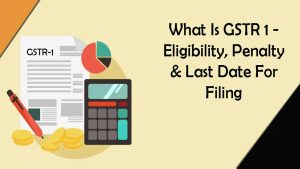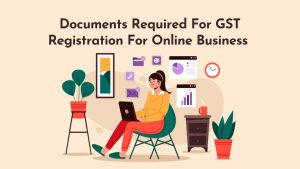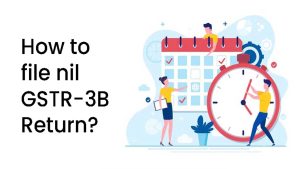Under the GST system, any failure in tax payments has an interest of 18 percent, which would be reason enough just to make many taxpayers anxious to stay on top of their dues.
Calculating GST will not only help you stay compliant and prevent any late payment obligations but will also set aside the sum in advance, so you can properly schedule your monthly expenses.
Here is an example on how GST is calculated.
If the cost of your goods or service is 1000 and the applicable GST is 18%, so the net price of goods or service should be 1000 + 180 = 1180
Here’s a step-by-step guide on how is GST calculated.
HSN or SAC code
Next, you need to decide the HSN or SAC code for the products or services for which you pay taxes. HSN codes are an international system for identifying goods while SAC codes refer to a form of operation.
If the code has been determined, you can look up the corresponding fee. GST is based on one of five slab rates: zero, 5%, 12%, 18% and 28%, and each of those sums will be charged.
Applicability of IGST or CGST and SGST
It is necessary to know if your taxes come under an Integrated Goods and Services Tax or the State and Central GST. IGST is charged on goods and services provided from one state to another; while CGST and SGST are levied on goods and services distributed within one state.
It is worth noting that IGST, CGST and SGST are simply classification modes that are intended to direct revenue towards the state of consumption.
Determine reverse charge services
When you are calculating your tax obligation in relation to a particular company, you need to decide whether it is a reverse charge. Although usually the responsibility for being GST compliant rests with the manufacturer of the product or service, reverse charging systems transfer the GST payment burden to the service user.
The list of reverse charging services is comprehensive, which includes Electronic Information which Database Access and Retrieval services, Goods Transport Agency services, advocate services, whether personally or as a business, sponsorship services, and insurance agent services, to name a few.
Determine the type of transaction
When the transaction is a B2B transaction, you might be liable for a GST input tax credit, but that can only be made available if both the manufacturer and the buyer have a GSTIN – the number they send you when you apply for GST. B2C transactions are not liable for input tax credits; but, if the transaction exceeds Rs.2.5 lakhs, you will be allowed to include details of the identification.
GST Composition Scheme
if your company’s annual turnover is below Rs.75 lakhs, you are qualified for the GST Composition Scheme that allows you to pay GST at a fixed rate. Selecting the composition scheme, means you can not demand input tax credits, and can not supply your goods out of state.
You will still need to pay the usual rates for reverse charge operation. Some dealers are fully excluded from the composition system, including service providers (although restaurant-related services may still qualify), paan masala manufacturers, cigarette or ice cream manufacturers, and e-commerce suppliers.



